Creating your own ceramic keychain is a rewarding and creative endeavor that allows you to personalize your everyday accessories. Whether you are a seasoned artisan or a beginner seeking a new craft project, making a ceramic keychain gives you the opportunity to explore various designs, colors, and shapes.
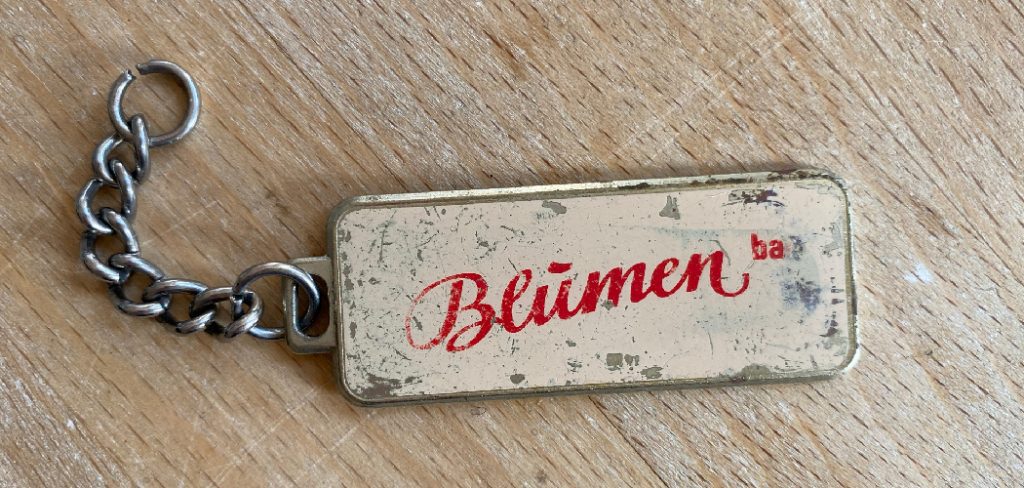
As you mold and glaze your creation, you’ll not only enhance your artistic skills but also have a distinctive piece of art to carry with you everywhere you go. This guide will walk you through each steps for how to make ceramic keychain.
Why DIY Ceramic Keychains Are Popular
DIY ceramic keychains have gained popularity for several reasons. Firstly, they offer a unique and personal touch that mass-produced keychains simply cannot replicate. Individuals can express their creativity and style through custom designs, resulting in a truly one-of-a-kind accessory. Additionally, crafting ceramic keychains is a relatively accessible hobby, requiring only a few basic materials and tools, making it appealing to people of all skill levels.
The process itself is therapeutic, providing a hands-on experience that allows hobbyists to disconnect from digital distractions and focus on a tangible project. Lastly, these keychains make thoughtful, personalized gifts that can be tailored to the recipient’s interests or preferences, adding sentimental value that cannot be achieved through store-bought alternatives.
Materials Needed for Ceramic Keychains
To create your own ceramic keychain, you’ll need a few essential materials and tools to get started. Here’s a list of what you’ll need:
- Clay: Opt for polymer clay or air-dry clay, which are easy to work with and readily available at craft stores.
- Keychain Rings: Basic keychain rings or lobster clasps will be needed to attach your ceramic creations to a key ring.
- Rolling Pin: A small rolling pin or an acrylic roller is essential for flattening the clay evenly.
- Clay Cutting Tools: These can include cookie cutters for shapes, a blade for precise cuts, or even a needle tool for detailed work.
- Sandpaper: Used to smooth the edges of your finished pieces after they have dried or baked.
- Paint or Glaze: Acrylic paint or ceramic glaze will finish your pieces, adding color and a protective layer.
- Brushes: Various sizes for applying paint or glaze accurately.
- Oven (if using polymer clay): Polymer clay needs to be baked to harden, so a standard oven is necessary. Make sure to follow the manufacturer’s instructions for baking times and temperatures.
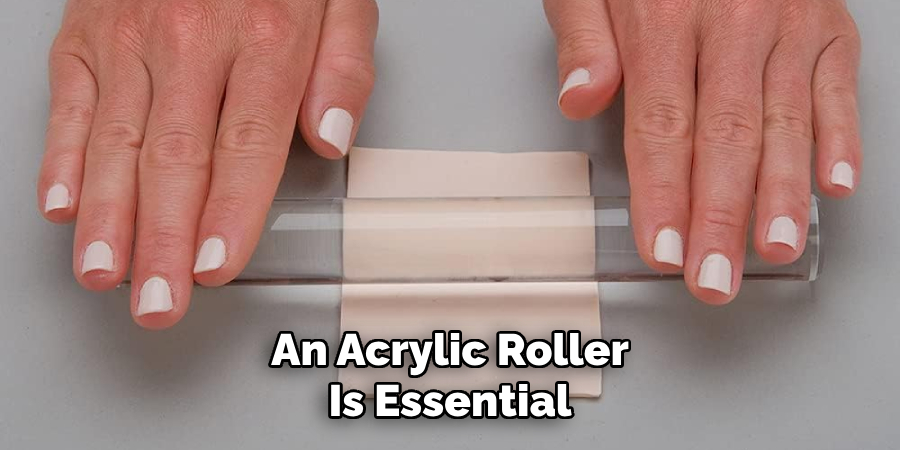
As you gather these materials, you’re preparing not only for an enjoyable crafting session but also for the creation of unique, personalized keychains that reflect your artistic vision.
10 Creative Methods to Craft Your Own Ceramic Keychain
Are you a craft lover or a dedicated keychain collector looking to add a personal touch to your collection? Creating your own ceramic keychain is a rewarding and fun activity that lets you express your creativity while producing beautiful, functional art pieces. In this guide, we’ll explore ten innovative methods to craft your own ceramic keychains, detailing each step to inspire your next project.
1. Hand-building with Clay
Hand-building is a traditional method that allows for total creative freedom. Start with a block of soft clay and shape it into your desired keychain design using your hands and simple tools. This method is ideal for creating unique, textured patterns.
2. Using Molds
For those who prefer uniformity, molds offer a perfect solution. Pour slip (liquid clay) into a mold and allow it to set. This technique is perfect for batch production and ensures consistency in your keychain designs.
3. Carving and Sculpting
Enhance your keychain’s aesthetics by carving intricate designs into the clay. Use sculpting tools to etch patterns or imagery before firing. This method provides a distinctive, handcrafted look and feel.
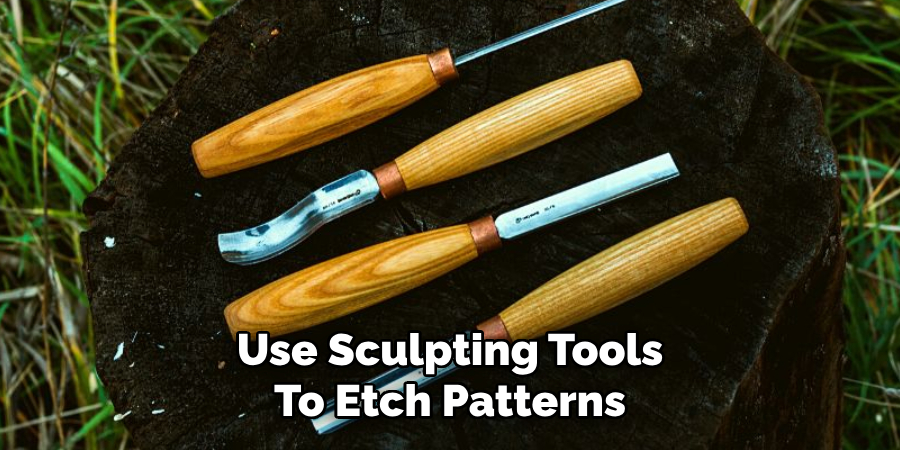
4. Slip Casting
Slip casting involves pouring liquid clay into a plaster mold. It is an excellent technique for creating detailed and complex forms that might be challenging to achieve through hand-building or carving alone.
5. Stamping and Imprinting
Use stamps or found objects to imprint textures onto the clay surface. This method is perfect for adding intricate details and personal flair with minimal effort. Consider using leaves, lace, or other textured items for unique patterns.
6. Applying Underglazes
Before firing, apply underglaze to your ceramic keychain to add color and detail. Underglazes are versatile and allow for painting detailed images or patterns. Once fired, they result in vibrant and durable colors.
7. Glazing Techniques
Glazing not only adds color but also provides a glossy finish that protects the keychain. Experiment with different glazing techniques, such as dipping, brushing, or spraying, to achieve various effects.
8. Adding Metallic Accents
Incorporate metallic accents using luster glazes or metallic leaf. These additions can give your keychain a luxurious touch and make it stand out. Use sparingly to avoid overpowering the design.
9. Incorporating Mixed Media
Combine ceramic with other materials like wood, leather, or metal to create a mixed-media keychain. This approach offers a modern and eclectic look, perfect for those who enjoy experimenting with textures and materials.
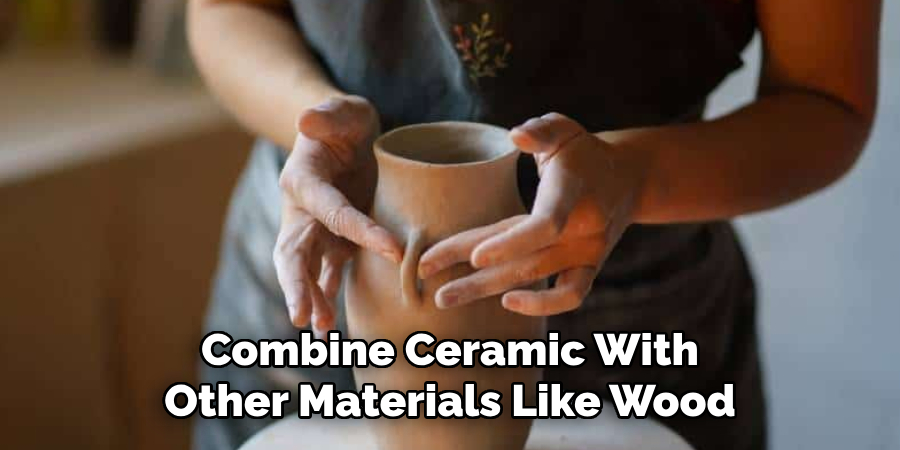
10. Utilizing Decals
Decals can be used to add intricate designs or images to your ceramic keychain. After applying, the keychain is fired again to fuse the decal onto the surface, allowing for detailed and complex imagery that might be difficult to paint by hand.
Maintenance and Upkeep of Ceramic Keychains
Taking proper care of your ceramic keychains is essential to ensure their longevity and maintain their aesthetic appeal. Here are some tips for maintaining and upkeeping your handcrafted keychains:
- Handling with Care: Ceramic is a delicate material, so handle your keychains gently to avoid chips or cracks. Store them separately from heavier accessories to prevent accidental damage.
- Cleaning: To clean your ceramic keychains, gently wipe them with a soft, damp cloth. Avoid using harsh chemicals or abrasive cleaners that could damage the glaze or finish.
- Avoiding Moisture: Although glazed ceramic is water-resistant, prolonged exposure to moisture can compromise the structure. Keep your keychains dry and, where possible, avoid exposing them to water.
- Touch-Ups: Over time, keychains may develop small scuffs or wear marks. Consider using a matching paint or glaze to touch up any damaged areas, following the same techniques used in the initial creation.
- Storing: When not in use, store your ceramic keychains in a safe, cushioned place, away from direct sunlight to prevent fading and discoloration.
Troubleshooting Common Issues
Creating ceramic keychains can be a fulfilling craft, but occasionally, you might face some challenges along the way. Here are solutions to common issues you may encounter:
- Cracking: Cracks can occur if the clay dries too quickly or unevenly. To prevent this, ensure the clay is uniformly thick and dry it gradually in a consistent temperature environment. If cracks do appear, try using slip to repair them before firing.
- Warping: Warping often results from uneven drying or firing. Use a flat surface during the drying process and ensure even heat distribution in the kiln. Consider placing weight on your pieces while drying to help retain their shape.
- Bubbles in the Glaze: If you notice bubbles in your glaze, it may be due to improper application or firing temperatures. To address this, ensure the glaze is mixed well and apply in thin, even coats. Follow the manufacturer’s guidelines for firing temperatures to avoid overfiring.
- Uneven Glaze Coverage: Uneven glaze can result from improper application technique. Make sure to apply the glaze smoothly and evenly, potentially by using a combination of dipping and brushing for thorough coverage.
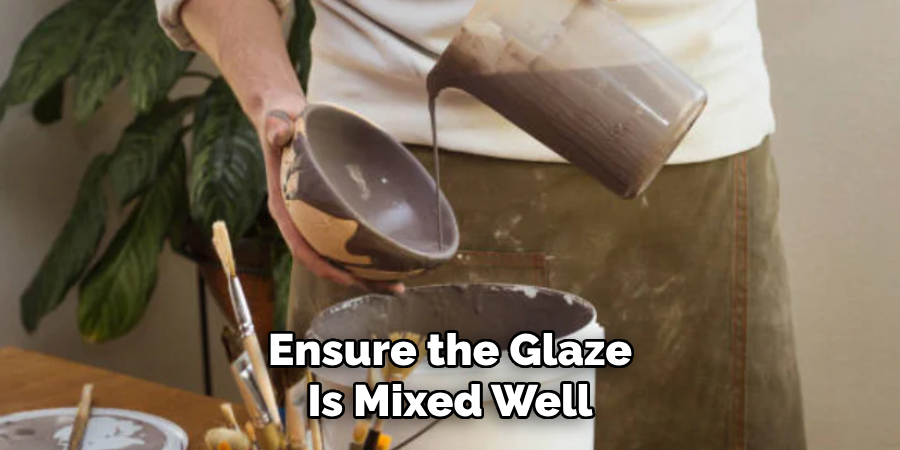
Tips for Achieving the Best Results
Creating ceramic keychains can be a rewarding experience, and following these expert tips will help you achieve the best possible outcomes:
- Plan Your Design: Before you start crafting, sketch your ideas and plan the design details. Having a clear vision will guide you throughout the process and minimize errors.
- Use Quality Materials: Invest in high-quality clay, glazes, and tools. The quality of your materials will significantly impact the final product’s appearance and durability.
- Maintain Consistent Thickness: Ensure that all parts of your keychain have a consistent clay thickness. This helps in preventing structural weaknesses and improves the uniformity of drying and firing.
- Experiment with Techniques: Don’t hesitate to try different techniques and methods to find what works best for your style. Practice makes perfect, and experimenting can lead to unique and innovative designs.
- Monitor the Drying and Firing Process: Keep a close eye on drying and firing stages. Gradual drying in a well-ventilated area and consistent kiln temperatures can prevent common issues like cracking or warping.
Conclusion
Crafting ceramic keychains is a delightful and rewarding endeavor that combines creativity with skill. By following the detailed steps and employing the various techniques outlined in this guide, you can produce unique, durable, and visually stunning keychains. Remember that patience and practice are key to mastering the art of ceramics. Embrace the process, and don’t be afraid to explore new ideas and methods. Your dedication to the craft can lead to the creation of truly personalized pieces that make meaningful gifts or charming personal accessories. Thanks for reading our blog post on how to make ceramic keychain! We hope you found it helpful and informative.
Specialization:
- Master of wheel-throwing, hand-building, and advanced glazing techniques
- Focus on creating both functional pottery and decorative art pieces
Recognition:
- Celebrated by collectors and art enthusiasts for creating one-of-a-kind pieces that blend artistry with functionality
- Participates in local and national exhibitions, earning accolades for his innovative designs and craftsmanship
Passion:
- Deeply committed to exploring and pushing the boundaries of ceramic artistry
- Continuously experiments with new materials, firing techniques, and artistic concepts to evolve his craft
Personal Philosophy:
- Believes in the transformative power of art, aiming to evoke emotions and connections through his ceramic creations
- Advocates for sustainability in ceramics, using eco-friendly materials and practices whenever possible


